A dinosaur fossil has been discovered in the parking lot of the Denver Museum of Nature & Science during a construction project, surprising staff and paleontologists with the rare find.
The fossil, identified as part of a dinosaur leg bone, was uncovered by a construction crew while they were working on the parking lot area. Museum paleontologists examined the site and confirmed the bone belonged to a dinosaur that lived during the Cretaceous period, though further analysis will determine the exact species.
Museum officials expressed excitement over the discovery, noting that while Colorado has a rich fossil history, finding such remains directly on museum grounds is unusual. The fossil has been carefully removed and taken to the museum’s laboratory for cleaning and further study.
Construction work in the area has resumed after the fossil’s safe removal. The museum stated that the find highlights the importance of monitoring construction sites for potential fossil discoveries, particularly in regions with a known prehistoric presence.
The fossil is expected to become part of the museum’s educational programs, providing visitors with a direct connection to Colorado’s prehistoric past.
With input from AP News
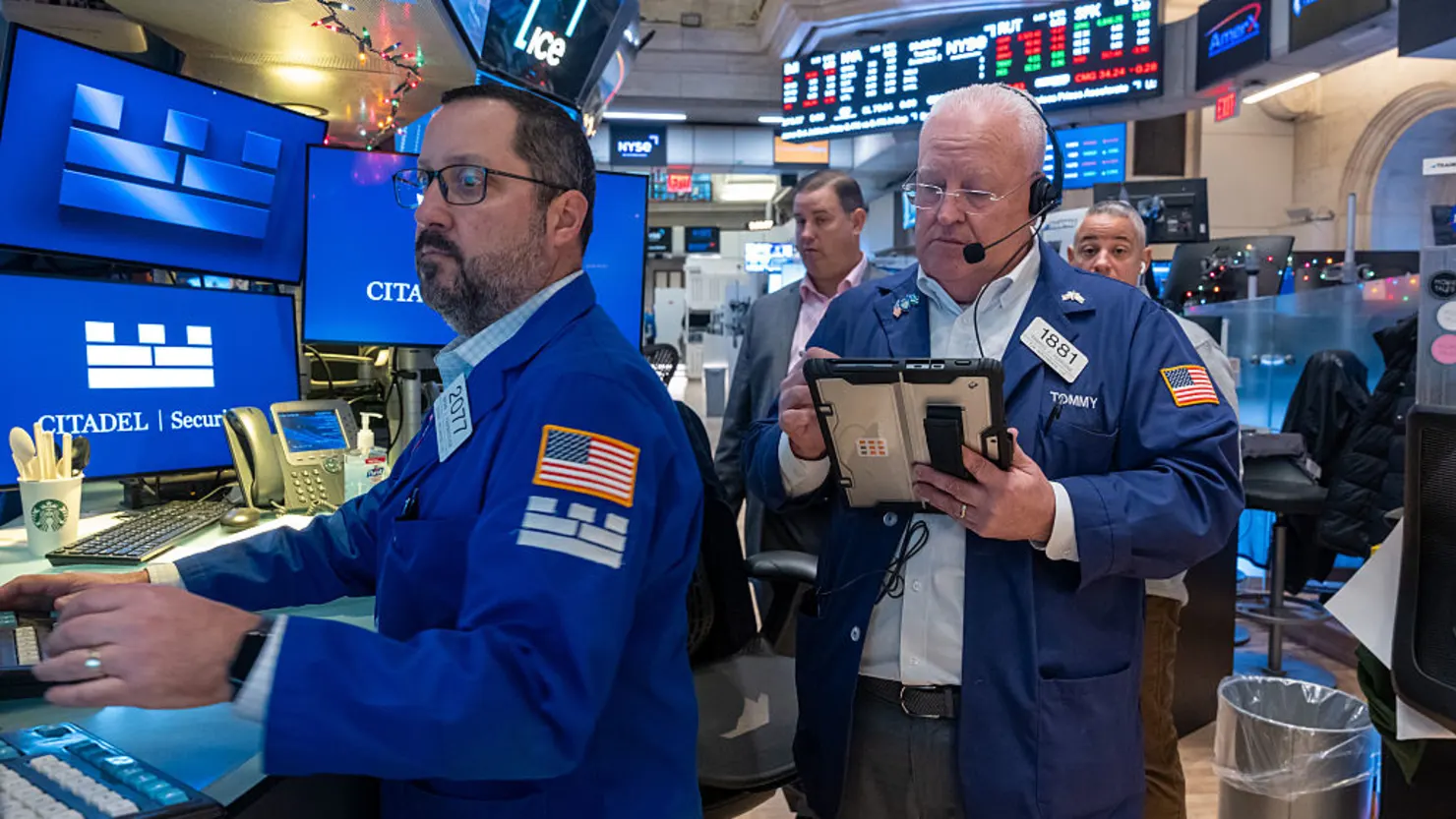
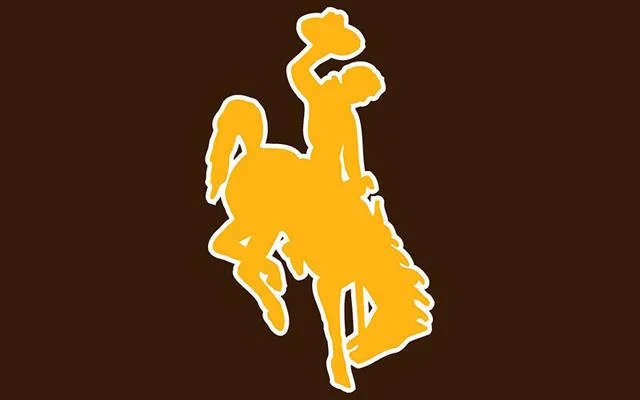

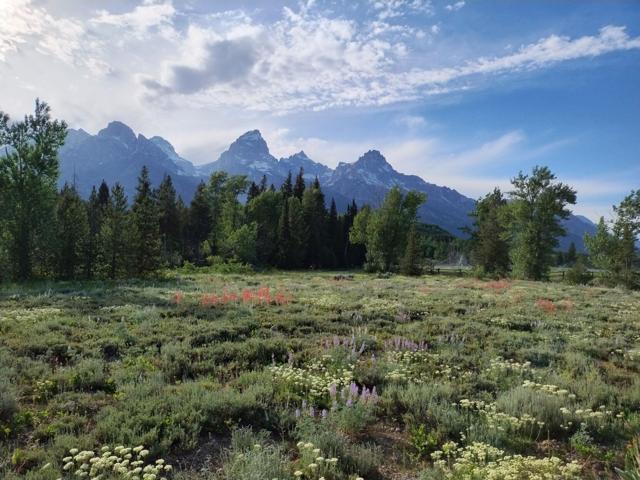

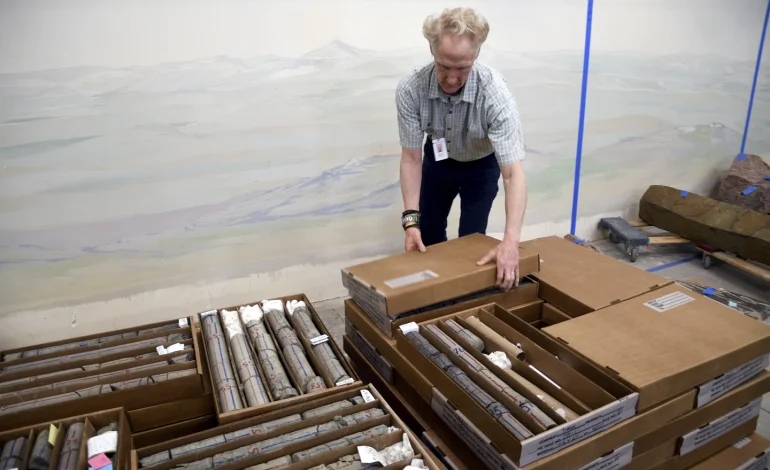



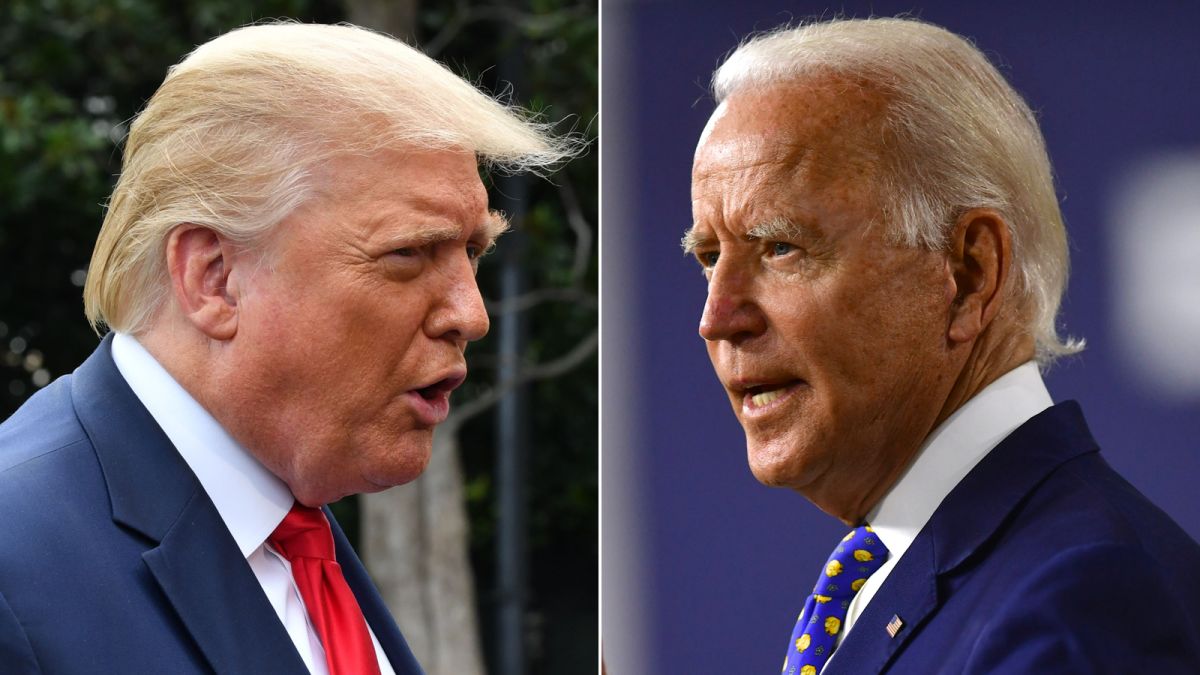
The latest news in your social feeds
Subscribe to our social media platforms to stay tuned